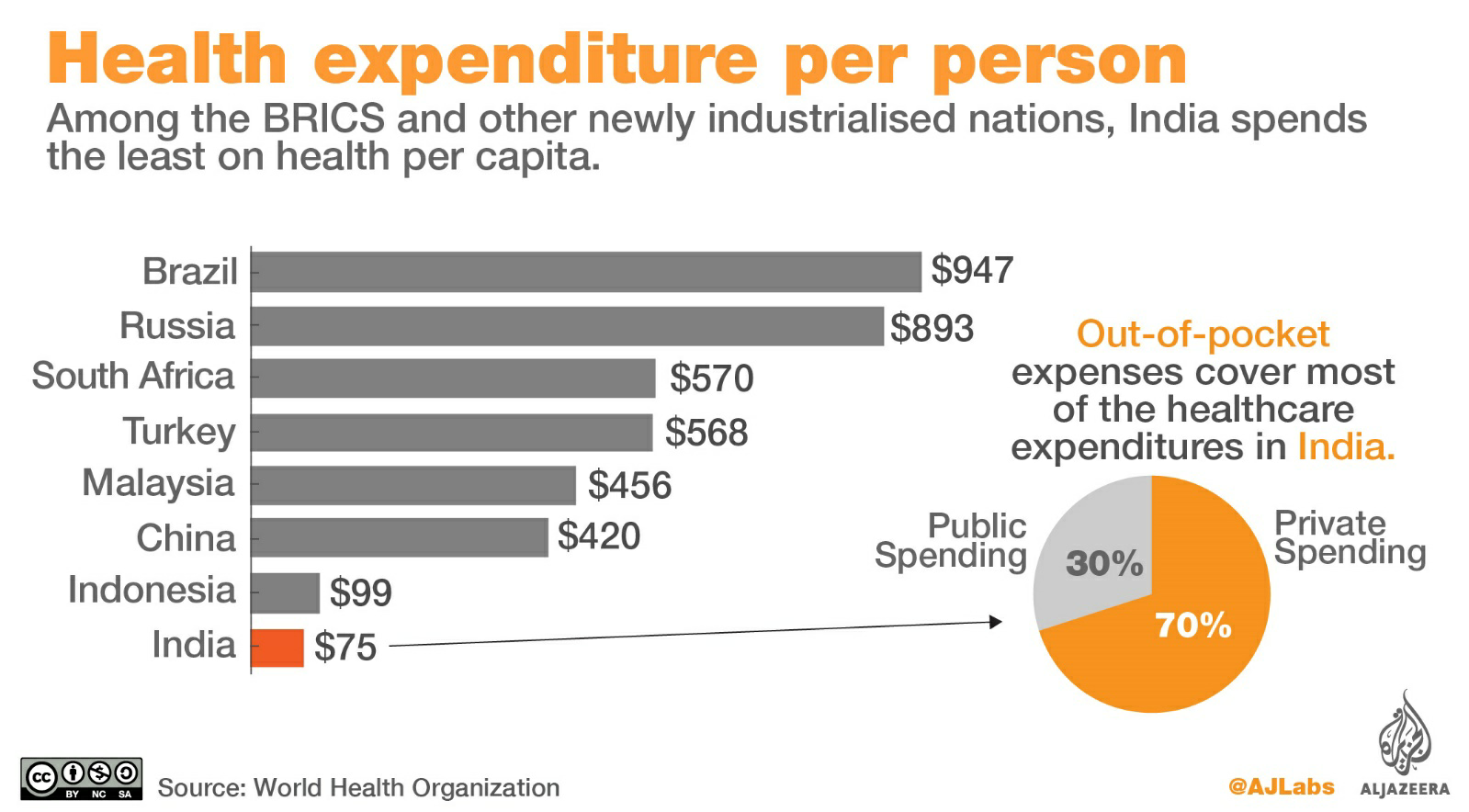Free Courses Sale ends Soon, Get It Now


Free Courses Sale ends Soon, Get It Now



Figure 3: No Copyright Infringement Intended
Suggestions of the Panel:
© 2024 iasgyan. All right reserved